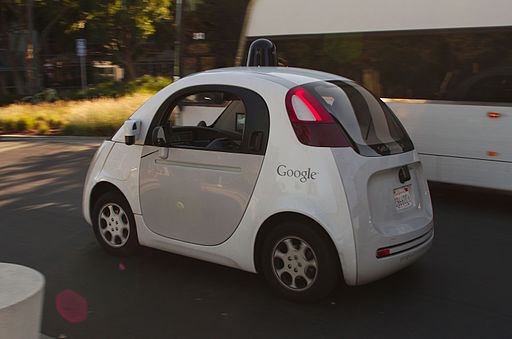
More than a meme
A version of this essay first appeared in Vox on June 8, 2016.
A recent article in the Huffington Post huffs about the “ifnexplicable” and “absurd” popularity of a trolley-problem-memes page created and run by two philosophy students (freshmen!) from Slovenia. The article’s author describes the trolley problem as “a simple ethical thought experiment, little known outside the corridors of academic philosophy” —which suggests that he hasn’t hung out much in certain corners of the Internet. Indeed, the very popularity of the “Trolley Problem Memes” page, which currently has more than 45,000 followers on Facebook, might be evidence that his description is wrong.
A different article, in The Atlantic, presents another view of the trolley problem, and notes its renewed relevance: “In the past 40 years it has occupied the attention of brilliant minds, from academic ethicists to moral psychologists to engineers. It has helped them try to answer profound questions…. But recently, trolley problems have found new life in a more realistic application: research on driverless cars.”
The article then paraphrases philosophy professor Patrick Lin, whose work focuses in part on the ethics of driverless cars. According to Lin, “On the one hand, [the trolley problem] is a great entry point and teaching tool for engineers with no background in ethics. On the other hand, its prevalence, whimsical tone, and iconic status can shield you from considering a wider range of dilemmas and ethical considerations.”
“Iconic status,” or “little known” simple thought experiment?
Either way, inspired by those articles, and at the risk of adding to the “whimsical tone” now surrounding this experiment, I decided to consider additional ways to take the trolley problem outside of academia and into our modern world. Below are seven variations on the trolley problem.
The Drone Problem: You are flying a drone. It’s in the path of a landing airplane carrying five people. However, the drone is carrying medicine that would save the life of one person on a nearby island that can only be reached quickly by drone. Do you keep flying it?
The Hyperloop Problem: Same as the original trolley problem, except that instead of trolleys there are pods floating on layers of air at speeds of up to 769 miles/hour, so you have to make a decision and flip a switch much, much faster than in the trolley problem.
The Driverless Car Problem: See multiple articles by Patrick Lin and others, including one that discusses “adjustable ethics settings.”
The VR Trolley Problem: Same as the original trolley problem, except it is “happening” inside your virtual reality set. No real humans would be run over by a real trolley regardless of the choice you make. However, your choices, especially if made repeatedly, will themselves constitute a moral self-training. Which kind of person would you train yourself to be?
The Solar-Powered Trolley Problem: Same as the original trolley problem, but now the trolleys are clean and energy-efficient. Does that change your decision?
The “Smart City” Trolley Problem: Can you use sensors, software, and predictive analytics to prevent all iterations of the trolley problem? If so, would that create a critical gap in ethics education?
Whimsical tone aside, the trolley problem does continue to be useful—and not just in academia.
Photo Michael Shick (Own work) [CC BY-SA 4.0 (http://creativecommons.org/licenses/by-sa/4.0)], via Wikimedia Commons